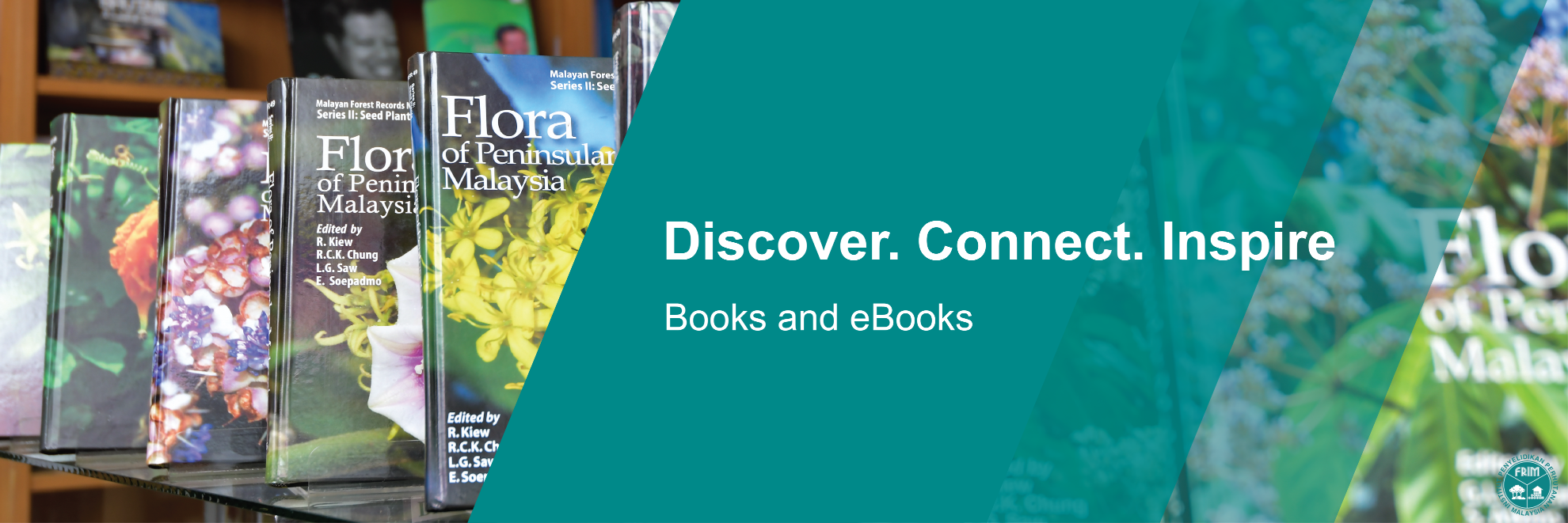- Home
- Publication
- E-Books
- Characteristics and utilisation of oil palm stem
- Register
- Wishlist (0)
- Shopping cart (0)
- You have no items in your shopping cart.
- Log in
Categories
Series
Recently viewed products
Copyright © 2025 FRIM Digital Shop. All rights reserved.


![Show details for Kompendium Soalan dan Jawapan Parlimen Institut Penyelidikan Perhutanan Malaysia (FRIM) 2010-2014 [NOT FOR SALE] Picture of Kompendium Soalan dan Jawapan Parlimen Institut Penyelidikan Perhutanan Malaysia (FRIM) 2010-2014 [NOT FOR SALE]](https://shop.frim.gov.my/images/thumbs/0003748_kompendium-soalan-dan-jawapan-parlimen-institut-penyelidikan-perhutanan-malaysia-frim-2010-2014-not-_64.jpeg)
